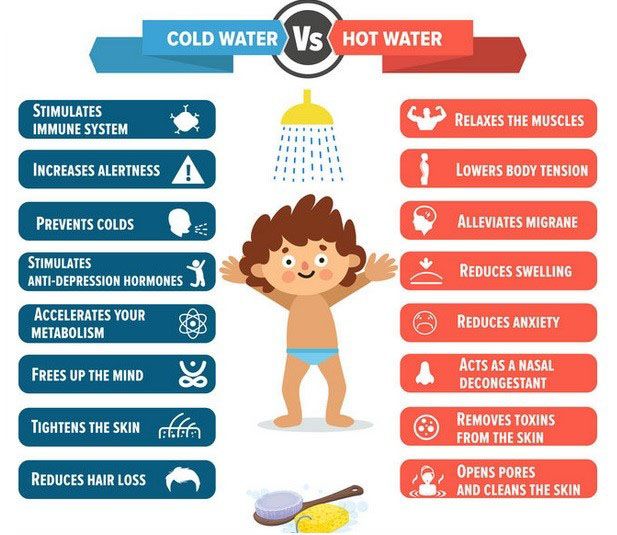To put it simply, hydrotherapy is the use of water, hot and cold, for pain relief and treatment of a wide range of diseases. But only if it were that simple!
Water is your best friend, if you use it the right way. In fact water has been used to treat medical conditions since time immemorial.
History
Hydro- and hydrothermal therapy have been traditionally used for the treatment of diseases and injuries by many cultures including those of ancient Rome, China, and Japan. The ancient Greeks and Romans were addicted to therapeutic baths and in traditional Chinese and Native American medical systems water has been used as a healing agent. Essentially, hydrotherapy has been around for centuries and for good reason.
A Bavarian monk, Father Sebastian Kneipp, helped re-popularize the therapeutic use of water in the 19th century. Since then, hydrotherapy has evolved continuously; today there are dozens of methods of using hydrotherapy to treat conditions like bronchitis, common cold, arthritis, joint pains, headaches, sleep disorders, depression, skin diseases, etc.
Water as the Master Healer
Water’s physical properties such as conduction of heat, buoyancy, and cleansing action make it an ideal option for bringing about positive physiological changes in the human body; effective recuperation via post-hydrotherapy treatment are based on temperature. Our bodies respond to hot and cold stimuli that enable our nerves to carry reflexes felt from the outer layers of skin deep inside the body, where they influence the immune system. These impulses also have a positive impact on stress hormones, the circulatory, and respiratory system; thus boosting blood flow and lessening muscular pain.
Regular Hydrotherapy practices
- Whirlpools, Jacuzzis, and hot tubs
These soaking tubs are used to submerge and massage your body to regain muscle strength and heal injured joints. Submerging your body relieves it from the gravitational pull exerted on it by soothingly massaging and relaxing the musculoskeletal system, in turn, relieving the pressure on aching joints. These tubs are also used to reduce the labor pains during birth delivery.
- Steam treatments and saunas
Time spent in steam rooms and saunas opens up the skin pores, paving the way for your body to be cleansed of harmful toxins. The steam, when mixed with effective herbal oils, can work towards the treatment of respiratory diseases.
- Baths
Tepid baths are a good way to reduce fever. Baths are also one of the oldest forms of relaxation therapy. There are various types of baths that are used for a variety of purposes e.g.
- Rising temperature hip back method- used to cure back pains.
- Cold foot bath- used to stimulate blood circulation in legs.
- Warm foot bath- used to relax tight muscles around legs.
- Cold arm bath- requires using a basin full of cold water and submerging from head to elbows to cure headaches and sleeplessness.
- Slitz bath- through alternating use of cold and hot water the symptoms of hemorrhoids, cystitis, menstrual problems, etc., are relieved.
- Internal hydrotherapy
Colonic irrigation is a form of internal hydrotherapy, essentially an enema, that is designed to cleanse the entire bowel. Proponents of this form of hydrotherapy say it can cure a number of digestive problems.
- Pools and Hubbard tanks
You can perform a wide range of underwater pool exercises for effectively rebuilding muscle strength and easing the pain caused by diseases like arthritis.
A word of Caution
- Diabetic and blood pressure patients should avoid warm baths and hot tub like treatments that include submerging the body.
- Multiple sclerosis patients should avoid sauna and hot-water baths.
- Steam baths should be strictly administered in the case of elderly and children.
- Cold-foot baths must be avoided by people prone to rectal or bladder irritation.
Conclusion
Hydrotherapy is a time tested way of naturally relieving the symptoms of various medical conditions. The great part is water plays no favorites. Everybody, irrespective of their age can enjoy the therapeutic benefits of water.









